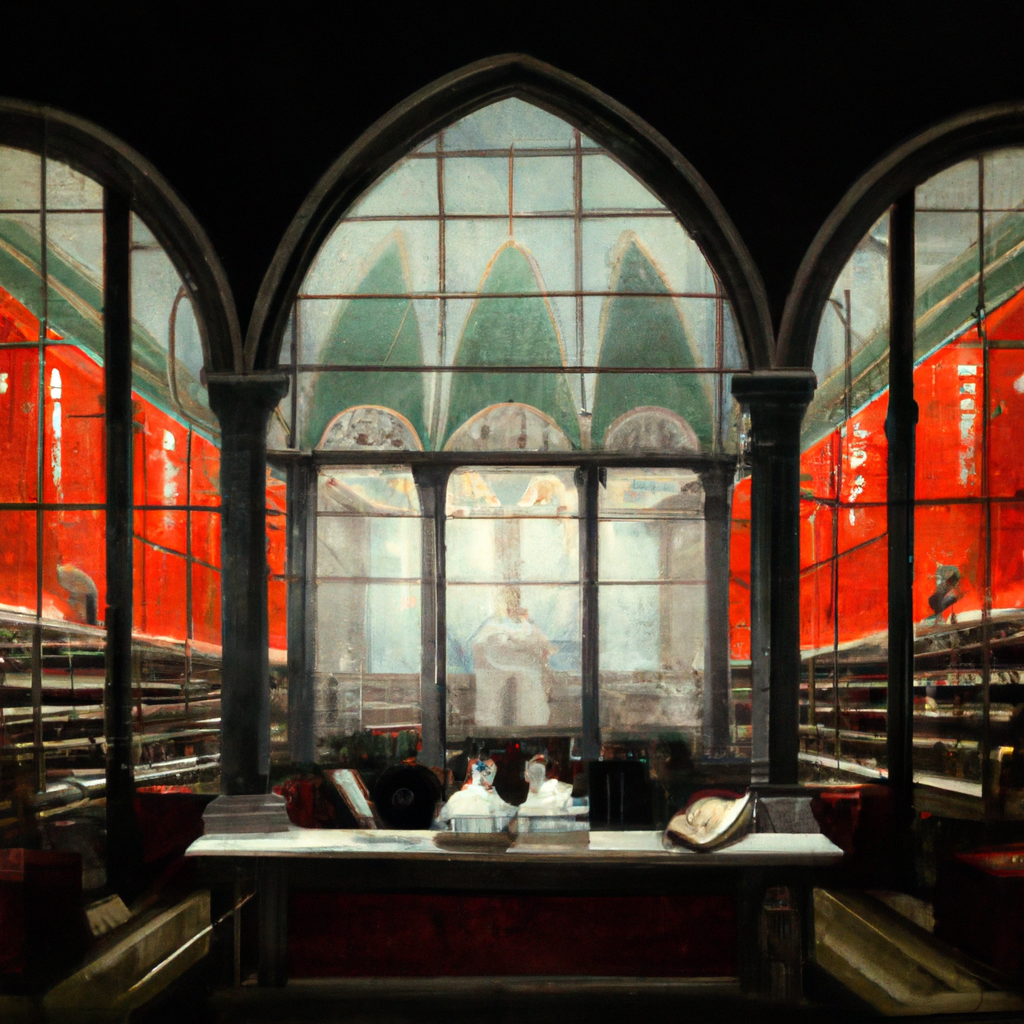
In the heart of SoHo, a district that pulsates with the dynamic rhythms of New York City's creative chorus, the Center for Italian Modern Art (CIMA) has long stood as a beacon of cultural heritage and artistic innovation. Since its inception, CIMA has not merely been a museum; it has been a vital nexus where the past and present dialogue in eloquent silence through the language of art. However, with the hands of the clock set to mark the end of an era, the esteemed center has announced it will permanently close its doors on June 22.
For aficionados of Italian modern art, CIMA has provided more than just an exhibition space; it has been a sanctuary where the roots of Italian artistry were explored and appreciated in profound depth. Each season, the center curated focused installations that illuminated the works of influential Italian artists, offering immersive experiences seldom found elsewhere. These exhibitions were complemented by scholarly research, educational programs, and a fellowship initiative that made CIMA a pivotal institution in shaping the discourse of modern art on both sides of the Atlantic.
The decision to close this cherished institution has reverberated through the corridors of New York’s art community with a poignant echo. Yet, the legacy of CIMA extends beyond the physical confines of its SoHo location. It resides in the enriched minds of its visitors, in the academic contributions of its fellows, and in the invigorated appreciation of Italian modern art that CIMA has cultivated over the years.
As we approach the closure date, it invites us to reflect on the impermanence of cultural establishments in the ever-evolving tapestry of urban culture. Yet, it also reminds us of the indelible impact that such institutions can have on our understanding of art’s past narratives and its future possibilities. With its forthcoming closure, CIMA beseeches us to pause and acknowledge that while physical spaces may cease to exist, the artistic spirit they harbored continues to inspire and shape cultural landscapes.
In its final weeks, the Center for Italian Modern Art not only celebrates the legacy of Italian modernism but also offers a poignant reminder of the role of art institutions in enriching and challenging societal perspectives. Let us bid farewell to CIMA with a salute to its invaluable contributions and a hopeful gaze towards new chapters of art cultivation and appreciation in the vibrant cultural tapestry of New York City.